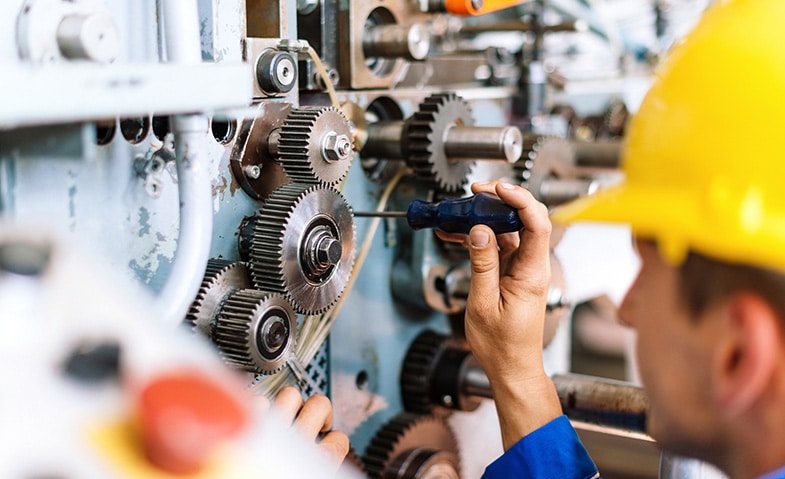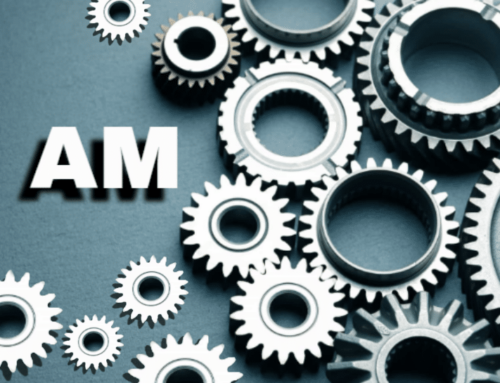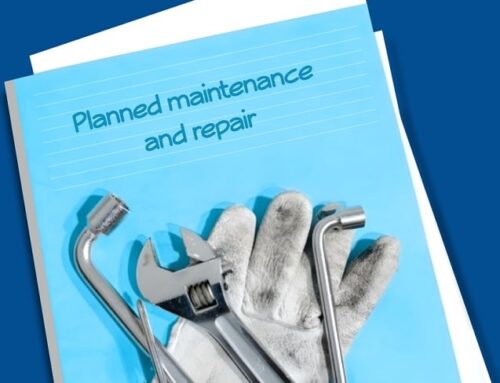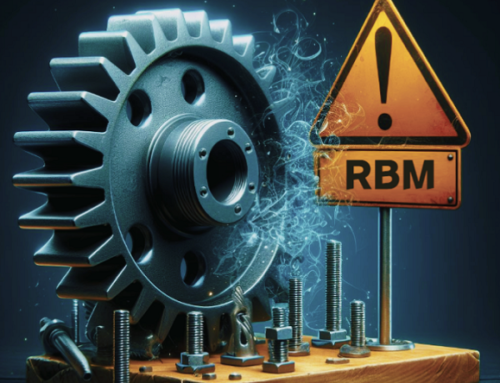Sustainable maintenance and repairs techniques (SMART)
Sustainable Maintenance and Repair Techniques (SMART) refers to a set of methods, techniques and processes that are used to increase the useful life of equipment and reduce energy consumption during the equipment’s lifetime. These methods are designed to improve the efficiency and productivity of the equipment, increase the useful life of the equipment and reduce the costs of maintenance and repairs.
-
Sustainable maintenance and repair techniques:
- Specific: To be precise and clear, the formula and definition of this full indicator is clear and specific.
- Measurable: It can be measured, its value is numerical and can be measured from the data and records of the maintenance and repairs.
- Achievable: To be achievable, setting a target of 45 to 50 for three months and 45 to 65 for one year is achievable for such an indicator, of course, the facilities and management system and follow-ups are management requirements.
- Realistic: It is realistic to reach from 45 to 50% within three months and you can achieve it by defining corrective actions and appropriate projects and developing training and improving the skills of maintenance and repairs personnel.
- Time Bound: It is timed, the plan of achieving the goal in three months and one year intervals is well defined.
In the following, we explain a number of sustainable maintenance and repair techniques:
- Use of high-quality parts: Using high-quality parts reduces the possibility of failure during the life of the equipment. Also, high-quality parts require less replacement, thus reducing maintenance and repair costs.
- Preventive methods: The use of preventive methods includes periodic repairs and regular monitoring of equipment, which reduces the need for urgent repairs and breakdowns.
- Use of energy consumption optimization methods: The use of energy consumption optimization methods includes replacing old equipment with new and more efficient equipment, energy efficiency and optimizing air conditioning systems, lighting and electrical systems. These methods reduce energy costs and maintenance and repair costs.
- Use of urgent repair methods: The use of urgent repair methods is to increase the speed of repairs and reduce equipment downtime. These methods are used for quick and urgent repairs in emergency situations.
- Use of preventive maintenance methods: The use of preventive maintenance methods includes periodic repairs and regular monitoring of equipment, which reduces the need for urgent repairs and breakdowns. These methods reduce maintenance and repair costs, increase useful life of equipment and reduce production costs.
- Use of new repair methods: Use of new repair methods, such as repairs using advanced technologies and automatic fault detection, reduces equipment downtime and maintenance and repair costs. These methods are usually designed using smart methods and digital technologies and reduce costs and increase the accuracy of fault detection.
- Use of monitoring systems: The use of monitoring systems includes the use of observation systems and monitoring of energy consumption and equipment performance. These systems can automatically detect faults and prevent serious breakdowns.
- Use of training and awareness methods: The use of training and awareness methods includes training employees about appropriate maintenance and repair methods, error detection and correction, and the use of optimal and efficient equipment. These methods improve the knowledge and skills of employees, reduce human errors, reduce maintenance and repair costs, and increase the useful life of equipment.
- Use of repairable equipment: Using equipment that can be repaired and replaced can increase the useful life of the equipment and reduce the cost of repairs and replacement of new equipment.
- Use of recyclable equipment: Using equipment that can be recycled and reused can reduce environmental pollution and recycling costs.
In general, these techniques and methods of sustainable maintenance and repairs in order to improve the performance and useful life of equipment, reduce maintenance and repair costs and increase energy efficiency through the use of preventive methods, optimization of energy consumption, use of parts They use high quality, use of urgent and preventive repair methods, use of repairable and recyclable equipment, use of monitoring systems and use of training and awareness methods.
These methods help companies to increase their productivity and efficiency, protect the environment and also reduce maintenance and repair costs. For example, by using sustainable maintenance and repair techniques, companies can reduce costs while protecting the environment.







